―Dr. Nettie Liburt, PhD, PAS & Dr. Ashley Wagner, PhD
The words “performance horse” conjure up many an image in one’s mind―from the Olympic jumper to the eventer, the racehorse, to the barrel horse. But in fact, performance horses come in many shapes and sizes and work at all different levels. Of course, the high-level performance horse fits into this description, but what about the school horse that gives 2 lessons a day, several days per week? Or the working ranch horse, or trail horse who guides inexperienced riders day in and day out? These too are performance horses, even if they are not front and center in the show ring.
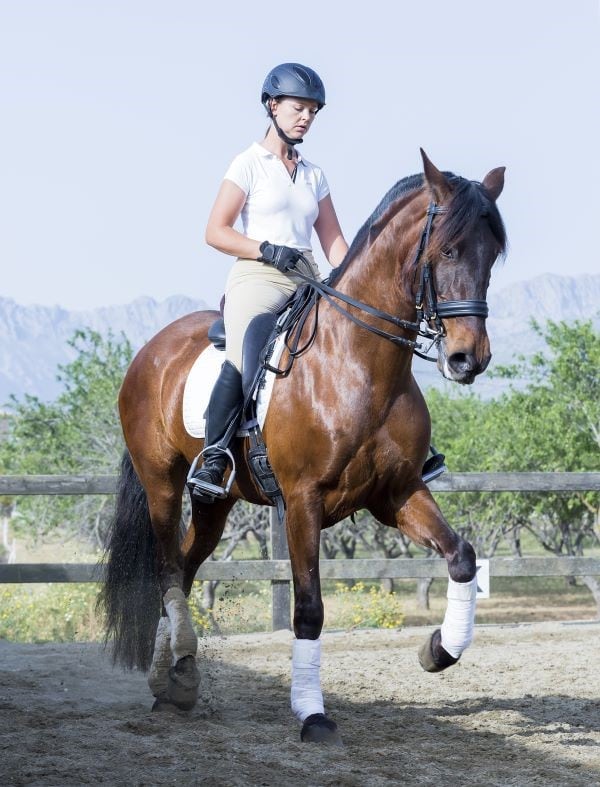

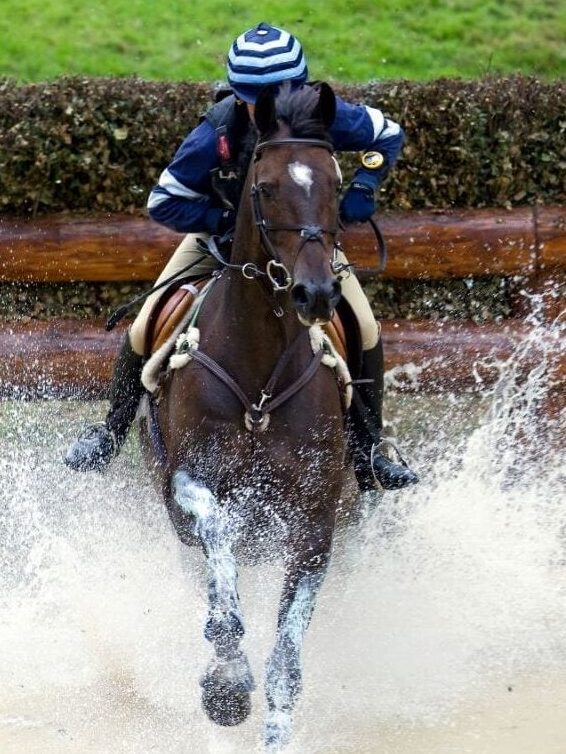
That said, performance horses typically require more calories (energy) than idle or maintenance horses, and in some cases, a slight increase in protein, vitamins, and minerals. Each horse should therefore be fed as an individual, based on the amount and type of work performed, overall health, and desired body condition. Read on for nutritional guidance for your performance horse, no matter what level you’re at!
How much work is my horse doing?
The intensity of work a horse does is often subjective. What one rider may consider very hard work, another might consider medium. For this reason, the National Research Council (2007) has attempted to quantify what Light, Medium, Heavy, and Very Heavy workloads actually mean (Table 1).
| Workload | Guideline |
| Light | 1-3 hours/week; 40% walk, 50% trot, 10% canter EXAMPLE: Light trails, easy hacking, basic dressage, “weekend warrior” |
| Medium | 3-5 hours/week; 30% walk, 55% trot, 10% canter, 5% jumping/cutting/skill work EXAMPLE: Amateur hunter, school horse, mid-level dressage horse |
| Heavy | 4-5 hours/week; 20% walk, 50% trot, 15% canter, 15% jumping/cutting/skill work EXAMPLE: Jumpers, eventers, upper-level dressage, working ranch horses |
| Very Heavy | Varies; ranges from 1 hour/week speed work to 6-12 hours/week slow work EXAMPLE: Racehorses, elite-level eventers, and show jumpers |
The objective quantification of workload helps equine nutritionists estimate appropriate nutrient and calorie needs, and consequently to select an appropriate feed type. Horses in light work do not typically require the same kind of diet as those in heavy work, and vice versa. We’ll talk more about selecting concentrate feeds later.
Start with Forage
When in doubt, always start with forage. Forage is the basis for every equine diet. Horses evolved as trickle feeders, eating small amounts of forage all day long. Despite how we manage them today, the equine digestive system still demands a steady intake of forage (be it hay, pasture, chaff, or another fiber source) for optimum health. Quality of hay and pasture count too.
Hay that looks very stemmy (lots of sticks or tough stalks), has seed heads or seems rough, is probably not high in nutritional value. Softer, clean, leafy hay tends to be higher in protein quality, easier to digest, and more palatable to the horse. Note that the only real way to know the quality of hay is to have an analysis done, which is fairly easy and inexpensive. There are a number of laboratories across the country that can assist you with the sampling, mailing, and analysis of your hay.
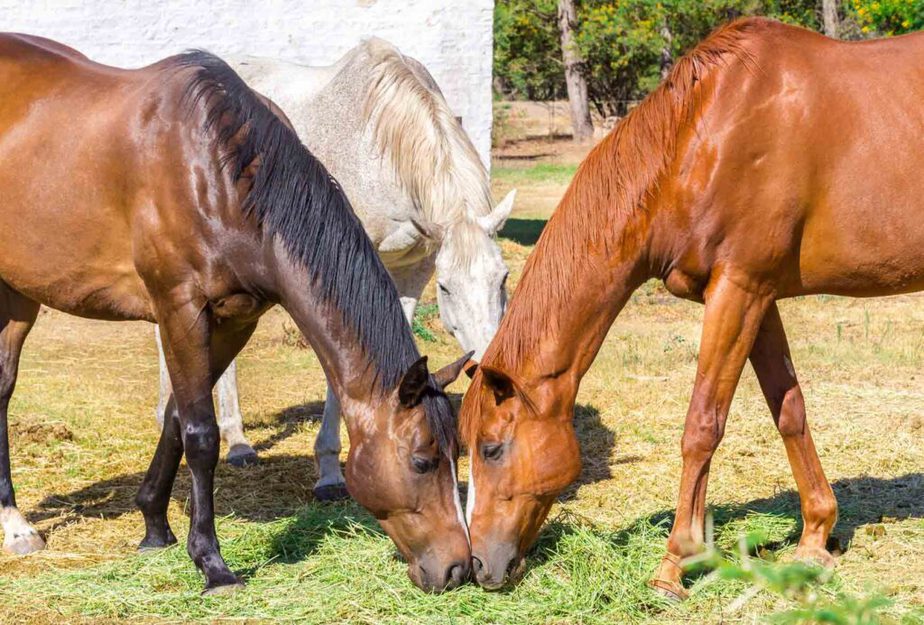
Feeding a small amount of hay (about one pound for an average adult horse) prior to a ride may also help manage horses with equine gastric ulcer syndrome, or EGUS. When a horse begins to exercise, the stomach contracts and the pH decreases (becomes more acidic), increasing the risk of acid splashing up and damaging the delicate squamous, or upper part, of the stomach where ulcers commonly occur. Having a bit of forage in the stomach helps to create a “mat” that can tamp down the splashing, theoretically reducing exposure of the upper stomach to strong acid.
Water, Electrolytes, and Hydration
It also goes without saying that water is essential. A lack of water is more fatal to a horse than a lack of food. Water is crucial for digestion and regulation of body temperature. The average adult horse weighing 1,100 pounds requires roughly 10 gallons of water per day, but a number of things impact how much water a horse will drink. Hot and humid weather, increased exercise intensity, or when additional forage is added to the diet, are all situations that require a horse to drink more water.
Did you know that a 1,100 lb. horse exercising in hot and humid conditions could drink up to 30 gallons of water? The more a horse sweats, the more water is needed to replace losses. But water alone won’t hydrate a horse! Horse sweat is heavily concentrated with sodium, chloride, and potassium, all of which are essential for proper muscle function and hydration. Electrolytes (sodium, chloride, potassium, and calcium, for example) are essential for proper hydration and muscle function, and the body does not store them. Thus, what is lost needs to be replaced.
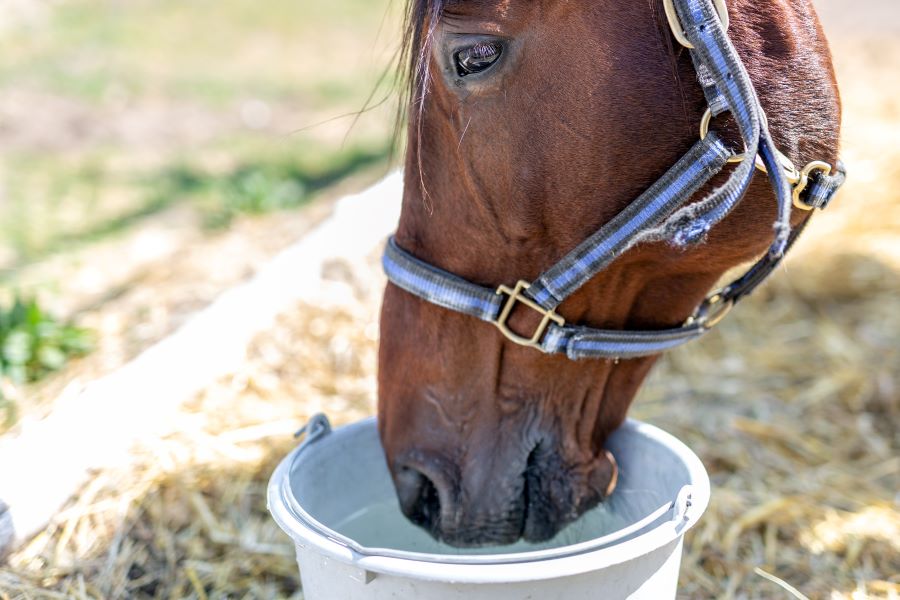
How do you make sure that your horse is getting adequate amounts of electrolytes? Forage and electrolytes go hand in hand. Earlier we talked about good quality forage, things to look for, and testing to be sure. Feeding a good quality forage plus a fortified feed (both at adequate amounts) can meet most of the electrolyte needs of most horses. However, as exercise intensity increases, the need for electrolytes that are lost in sweat are not met by typical diets.
In addition, if the forage is of poor quality, or is restricted, there is an increased need for potassium. If you choose to provide an electrolyte supplement, look for ones that contain sodium, chloride, and potassium (and even calcium) as main ingredients, and be aware that some products may contain added sugar for palatability, which may have health risks for certain horses.
Concentrates, Fats, and Carbohydrates
Now that we’ve selected forage and ensured our horse is properly hydrated, it’s time to evaluate grain concentrate needs. If a horse can suffice on a forage-only diet (and there are some performance horses out there who can), a ration balancer is recommended to ensure protein, vitamin, and mineral requirements are met, as these can vary in the forage. Even the best quality forage may be lacking in things like Vitamin E or amino acids, and a ration balancer can provide such nutrients without excess calories.
If more calories are required in the diet, look for concentrates that are higher in fat (6-12% crude fat, for example). A gram of fat has more than double the calories of a gram of carbohydrate, so it’s a great way to add calories without adding a lot of volume. In addition, fat takes a long time to metabolize, so it provides a slow, steady release of energy (think endurance, long slow work, or the energy between jumps on course).
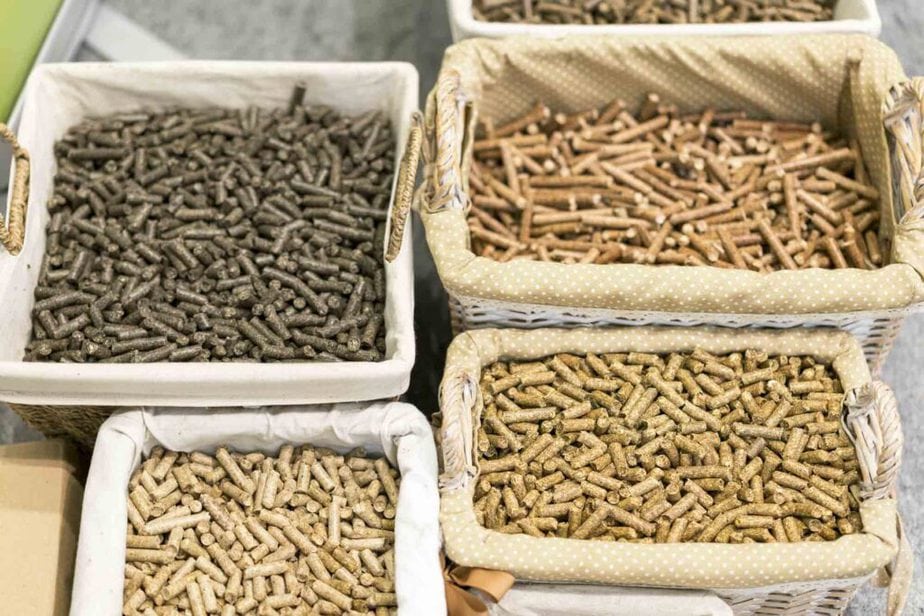
Carbohydrates, however, do play a critical role in the horse’s diet. The brain runs almost exclusively on carbohydrates, and this energy source is essential for that quick burst of energy (think launch over the jump or gallop out of the starting gate). Horses, like humans, store carbohydrates in the muscle and liver in the form of glycogen. Unlike humans, however, horses can’t “carb load.” The goal of “carb-loading” is to provide adequate fuel to replace the glycogen that is depleted during exercise. In humans, this works! But humans are physiologically a bit different than horses in this way.
Without carb-loading, normal glycogen restoration in the muscle of humans following intense exercise will occur in 24 hours, but for horses, glycogen repletion takes 48-72 hours. Why is that? Horses absorb carbohydrates from the gastrointestinal tract at a slower rate, have a slower rate of glucose uptake by the muscle cells, and the act of depleting glycogen doesn’t signal a rapid increase in the activity of one of the main enzymes in the pathway to make more glycogen. “Carb-loading” doesn’t work in horses, and a single large meal heavy in carbohydrates that a horse isn’t accustomed to can be a health risk.
General Diet Guidelines
Always start with good quality forage. Alfalfa hay tends to be higher in protein and calcium compared to grass hay such as timothy, orchard grass, or coastal bermudagrass. If you don’t have pasture, seek out good hay, and ask your supplier if they have an analysis. A qualified equine nutritionist can help you interpret the hay analysis and balance the overall diet.

For the horse that has trouble maintaining weight, look for feed concentrates with a high-fat content (8-12%) that also contains high-quality digestible fibers, such as beet pulp or oat hulls. Consider modifying the training program to ease workload slightly (shorter sessions or one less day per week) to help the horse hold onto calories and gain weight.
Similar suggestions go for the nervous or excitable horse, if focus and calm are what you’re going for, but also consider a lower carbohydrate concentrate (20% or less of non-structural carbohydrates (NSC)). Want more spunk? A textured feed with a slightly higher carbohydrate content (25-30%) may help, assuming that there are no metabolic concerns or history of laminitis.
Remember every horse is an individual and should be fed as such. Just as a group of people don’t all have the same dietary requirements, neither does a group of horses. If you are struggling with your horse’s diet, be sure to consult a veterinarian or an equine nutritionist. In the meantime, enjoy the ride!
To read more about equine nutrition, visit our authors’ pages:
Dr. Nettie Liburt & Dr. Ashley Wagner
To learn more about our authors’ products, visit Buckeye Nutrition & Equinutrix Nutrition.





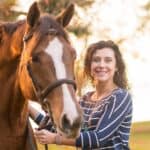
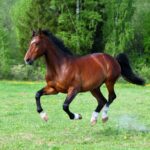
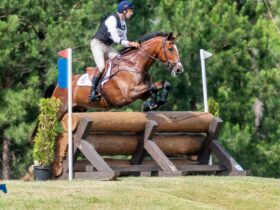

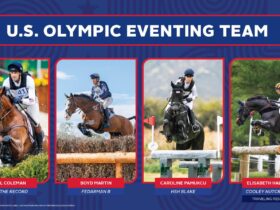


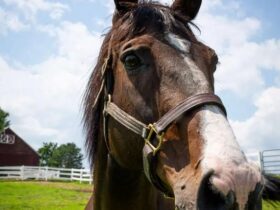
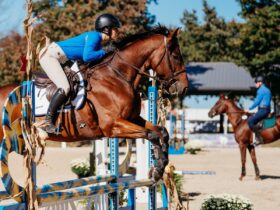



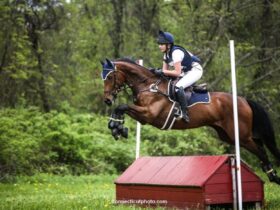


SOCIAL